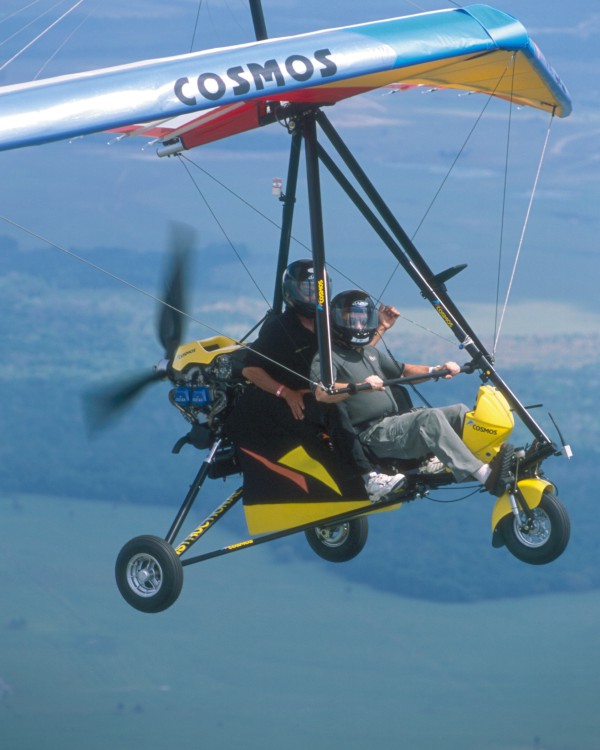
One of the first trikes I flew was a Cosmos, way back in 1984. It was a trendsetter then and was one stoutly built trike capable of real functions. The reason I flew and owned a Cosmos in those early ultralight days was due to its capability as a tug for hang gliders. I’ve been involved with hang gliding for many more years than powered ultralights so when the two dovetailed in the Cosmos Tug, I was pleased to the point of purchase. Maybe you’ll also be so moved. Today’s Cosmos Phase III trike is vastly better than that ’84 model. But it retains the brand familiarity (albeit with different ownership) and functionality while increasing the state of the art to a highly refined point. In the 18 years since that first Cosmos experience, I’ve flown all Cosmos entries except the Echo. This new Phase III appeared in many ways to be the French company’s finest work.












